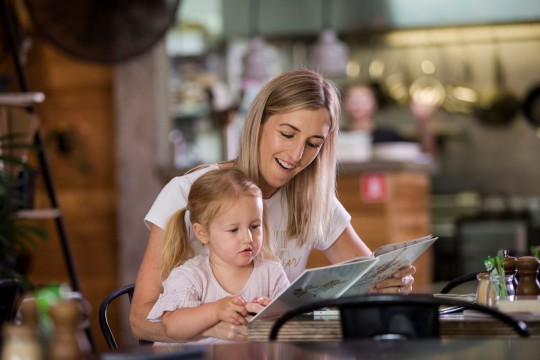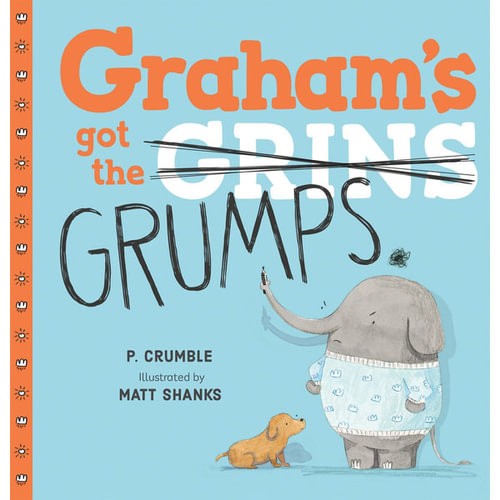
Language shapes children’s emotional well-being
22 December 2021 | State Library of Queensland
It’s been quite the year with COVID-19 stress, including lockdowns, home schooling; lack of contact with family and friends, and concerns about income on top of the regular every day worries and this has affected adults and often the children around them.
So, holiday periods with their abundance of emotions can see children struggle with their feelings. You can help them develop the vocabulary they need to name their feelings. Children learn to deal with and talk about their emotions with a lot of practice.
Researcher Brene Brown says "We know from neuroscience that language does not just communicate emotion, it shapes … how we respond to emotion". The ability to accurately name an emotion helps us move through it, heal, and apply this for positive emotions.
Although there are more than 34,000 emotions people can generally name just happy, sad, and mad. Young children have only 300-600 words and lack the words to express their feelings.
Negative emotions can lead to tantrum, breakdown, or impact mood, learning, and relationships.
Positive emotions such as excitement, can result in difficulty paying attention, silliness that interferes with learning or safety, or other strains on self-regulation.
Model Talking About Your Feelings helps your children
Using specific words to describe your own anger, disappointment or frustration can help children understand their own feelings and develop language around them. Here are some tips.
- Label your child’s emotion for them and talk about it. For example, ‘You have a big smile on your face. You must be happy to see me’,
- ‘You’re crying. You’re frustrated because you can’t play with the fish’.
- Talk about and label other people’s emotion children see. For example, ‘Auntie’s sad because she misses Grandpa’.
Here are some ways to help your children learn about feelings.
Practice Talking About Feelings
It is just as important to talk about feelings of happiness as it is to talk about times of sadness or worry. As children learn to recognize their feelings, they will be able to communicate them to you. Children who are aware of their emotions and know how to express them in a socially acceptable manner:
- Perform better at school,
- Have better social relationships,
- Are more likely to consider that they are in control of what happens to them,
- Are less likely to display behaviour problems.
- Are also more likely to be school-ready and happier than kids unable to manage their emotions
More tips
Help your child explore emotions through play. Play ideas to develop young children’s emotions include puppet play, singing, reading and messy play.
Help your child recognize how their body feels when they’re experiencing an emotion. For example, ‘You look nervous. Have you got butterflies in your tummy?’

Story and movie character feelings
Discuss emotions of characters in books, TV shows or movies you share. For example,
- "Look at Bluey’s face. She looks sad."
- "Wow, Winnie the Pooh looks like his feelings were hurt, how do you think he is feeling?”
- “The tiger looks like he is feeling embarrassed, his head is down, and his cheeks are red. What do you think he should do?”
Use books to talk about feelings
When you are reading together, point out any clues of the character’s feelings such as facial expressions or behaviours. Explain why they’re feeling the way they do. Encourage children to take a turn identifying how the characters are feeling and why.
- Go away, worry monster by Brooke Graham
- Graham’s Got the Grumps by P Crumble
- Grumpy monkey by Suzanne Lang
- My first book of feelings by Trace Moroney
- Tomorrow is a brand-new day by Davina Bell
Your local public library may have these books about emotions or others on the topic. Ask library staff for their suggestions.
By talking about and accepting that we all have emotions and it’s ok to express them in a positive way, you help your child build their vocabulary and resilience.
Comments
Your email address will not be published.
We welcome relevant, respectful comments.